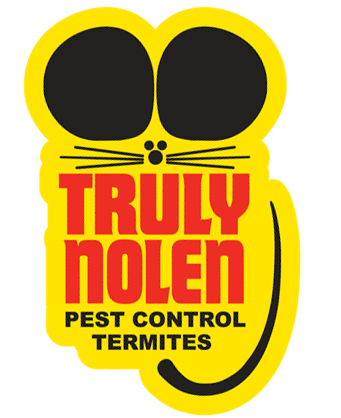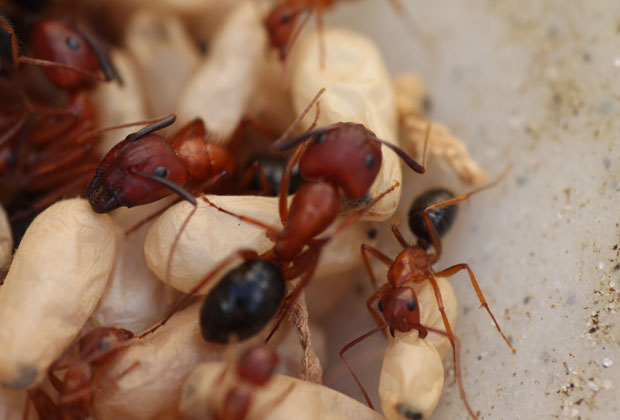Prevention:
Eliminate sources of moisture or standing water. Be especially vigilant in protecting crawl spaces, basements and attics. Pests, such as ants, mosquitoes and termites, are attracted to moisture.
Trim tree branches and other plants away from your home. Carpenter ants, like many other ants, will trail along wires or cables that may be attached to homes and serve frequently as access routes for them to enter attics and other above ground areas. Tall trees touching structures cause “bridges” which provide foraging access into buildings.
Fill any gaps or cracks or little openings on the outside of your home with silicone caulk. Sometimes pests use these to get into your home.
Store firewood and building materials away from your home. Pests like to build nests in stacks of wood.
Inspect wood on your property for signs of an infestation, such as the appearance of small openings on the surface of wood.
Direct treatment of nesting sites is recommended because these sites harbor the brood, queen, and a bulk of the workers and winged reproductives, however, finding the nest sites can be difficult. A small amount of insecticidal dust or spray applied directly to the nest area is usually successful. Excessive treatment can become repellent, actually causing the nest to move to another location if the dust or spray is applied near-to but not directly on the nest.
There are many situations in which the nest is not accessible, or cannot be found. In those cases use one of the baits made for carpenter ants, and follow the label directions. Usually baits are simply placed along the trail and foragers bring the toxic baits back to the nest where food and toxicant are shared via communal food sharing. Carpenter ants are finicky eaters and tend not to recruit in large numbers to any food source thus decreasing the efficacy of insecticidal baits. Residual sprays in foraging areas can also be helpful. Be sure to spray areas where ants are feeding, such as trees and shrubs. A systemic insecticide can help control aphids and other honeydew producers to reduce food for the carpenter ants.


